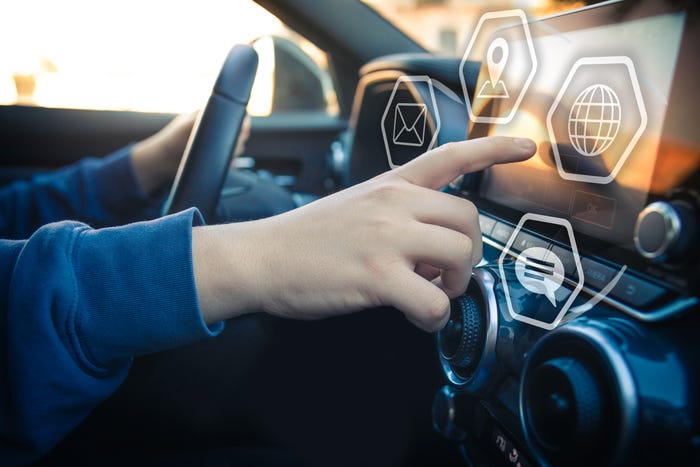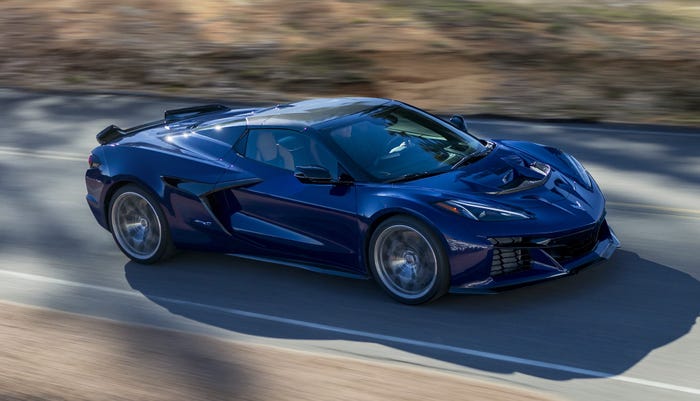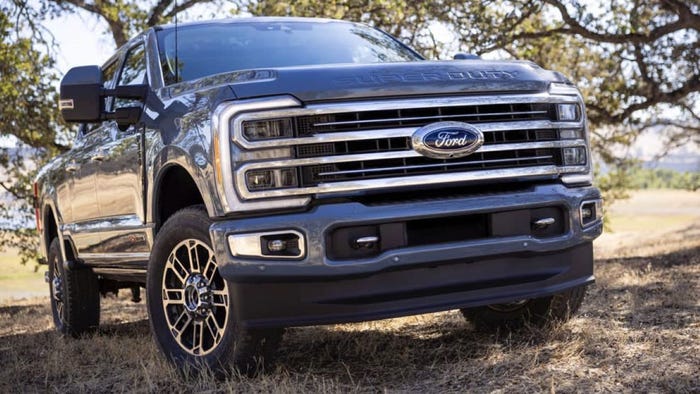EVs Have Long Way to Go to Reach ‘Everybody’
The question remains: how to get to the “early majority” phase of adoption, beyond those affluent enough to already have a few cars in the driveway. Persuading a lower-income, single-vehicle household to opt for a more expensive EV in a “charging desert” neighborhood seems a long way off.
February 1, 2022

Reading the recent headlines from the world’s major automakers, and just coming back from a heavily electric-vehicle-focused automotive side of CES 2022 a few weeks ago, it’s easy to get caught up in the vision that, within less than a decade, EVs in the U.S. will dominate sales and the internal-combustion engine will be a museum dinosaur.
But when you look at the number of electrified vehicles now being sold in the U.S., the history of the car business and the growth curve presented, along with the steps that were needed to get full-blown EV adoption going in other countries, you have to take a step or two back from these projections.
Let me make it clear: I am an EV sales supporter, and am actively figuring out some things to do today that can make General Motors CEO Mary Barra’s “EVs for Everybody” and “Climate Equality” mission a reality.
However, to assume the level of EV adoption in the U.S. will come just with the introduction of additional products or manufacturer spending – organic growth of sorts – may not be realistic for the massive increases in sales as projected.
Yes, the share of EV sales in the U.S. more than doubled last year, but that was from a very low base of about 1.6% to about 4.0% or so. And remember, 2021 experienced the worst vehicle shortage in history, at a time when almost every car line that was available for sale saw dramatic increases.
Dissect these sales further and see just how many sales were in the premium-luxury or luxury space (read Tesla), and I think even more is revealed.
A recent article by Stephen Wilmot in The Wall Street Journal, “Electric Vehicles Need Uncle Sam’s Help,” further suggests U.S. EV sales are out of the “innovator” phase, when die-hard experimenters bought product, and are now in the “early adopter” phase.
The article suggests that reaching the projected 83% share in the next eight years or so, as many OEMs project, will require much more in government subsidies and incentives to bring EV purchase costs down, as evidenced by those countries (Norway, China, etc.) now experiencing a much higher percentage of EV growth.
Wilmot’s conclusion is that the chances of more tax credits from the U.S. government at this point don’t seem high enough to justify the optimism surrounding the country’s EV market: “Uncle Sam needs to put his foot down, or investors could be in for a long wait.”
This is only one journalist’s opinion, of course, but I note Barra at CES again referenced GM’s $25 million Climate Equity Fund and “EVs for Everyone” mantra – reiterating what she first announced back in June, with the idea that all people should have access to electrification regardless of socioeconomic status, race or other situations. Ford CEO Jim Farley also highlighted affordable EVs as a key priority at a recent conference.
Granted, due to recall issues Chevrolet Bolt battery-electric vehicles were off the market for a long while last year, but even adding the other entry-level-priced BEV, the Nissan Leaf, fewer than 38,000 of these lower-priced vehicles were sold in total in 2021, the year of the great car shortage – a fraction of the total 400,000 or so EVs sold in the U.S.
Of course, one could note that amid the microchip shortage, lower-priced vehicle production was sacrificed for higher-margin models, except this entry-level percentage of EV sales was similar to pre-pandemic levels.

John Possumato_2022 picture_0
By the end of this year, there will be other entry-level-priced EVs, with GM announcing the new Equinox BEV will be priced starting at $30,000 (with the average new car now topping $47,000, this counts as entry level, I think).The question remains, though: how to get to the “early majority” phase of adoption, beyond those affluent enough to already have a few cars in the driveway. Substituting your second or third ICE car with a bit higher-priced EV doesn’t seem like that much of a stretch, especially if it’s a spiffy new Tesla or Ford F1-50 Lightning.
However, persuading a lower-income, single-vehicle household to opt for a more expensive EV in a “charging desert” neighborhood seems a long way off. Yet, without significant inroads into all markets, today’s rosy EV sales growth projections in the U.S. seem a stretch, even for the most carbon-neutral zealots.
John F. Possumato (pictured, above left) is an attorney and founder and CEO of DriveItAway, which provides a turn-key cloud platform/consumer app enabling dealers to offer new mobility solutions, including subscription-to-purchase options for new subprime and EV buyers.
About the Author(s)
You May Also Like


_(2).jpg?width=700&auto=webp&quality=80&disable=upscale)


